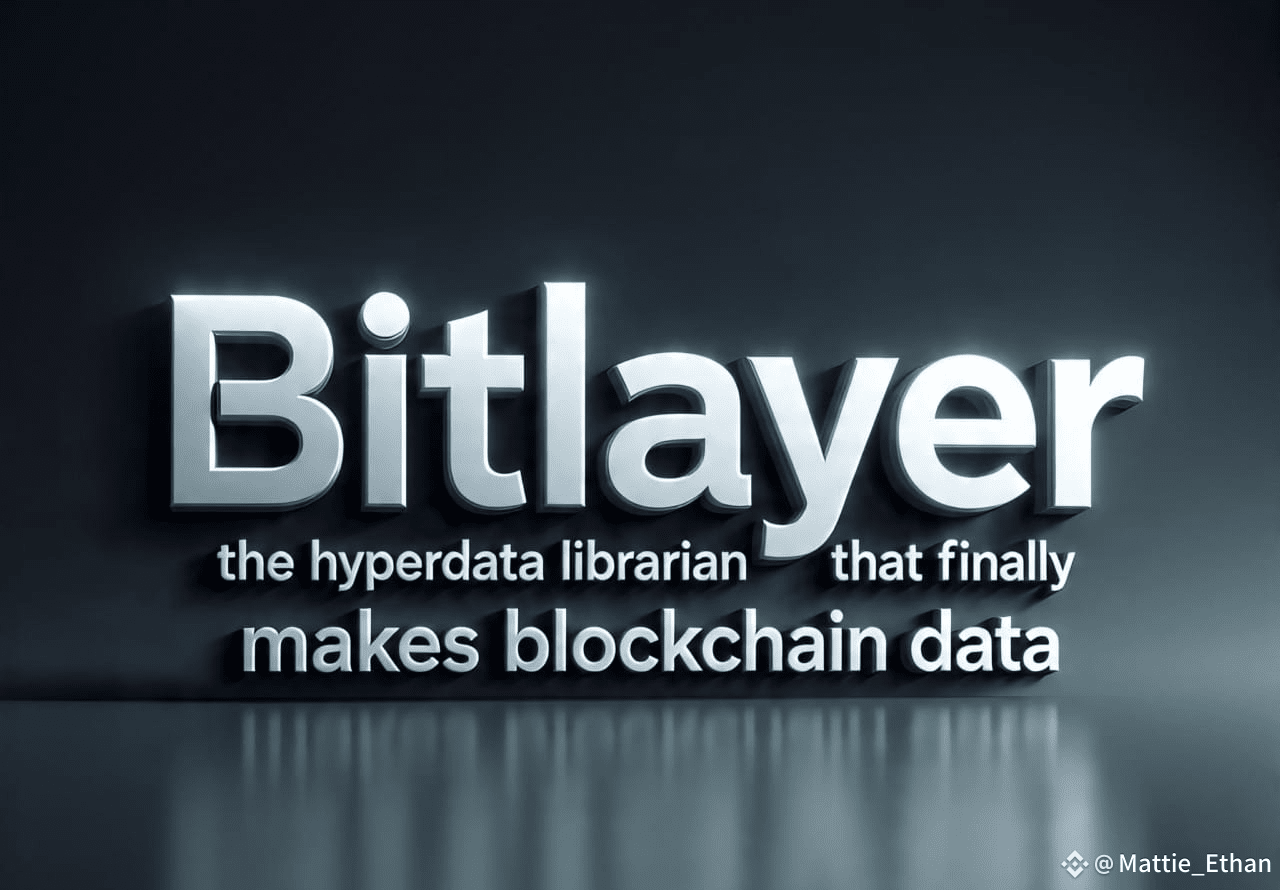In crypto, token value isn’t just about hype — it’s about economic design. For Bitlayer, the question every trader and investor should be asking is simple: how does DeFi activity on the network translate into actual value capture for $BTR holders?
The answer lies in fees.
📌 Fee Design = Token Economics
According to Bitlayer’s documentation, fees across its ecosystem are denominated in BTC (with 18-digit precision to handle small-scale transactions). That’s important because it aligns the network directly with Bitcoin’s settlement layer, instead of relying on inflationary token fees.
Here’s how those fees flow:
Validators → Earn a share of fees for securing the network.
Protocol Treasury → Collects reserves for long-term sustainability.
Ecosystem Incentives → Supports developer grants, liquidity programs, and buybacks.
This design is more than a technical choice it’s a token sink strategy. By routing part of fee revenue back into buybacks or rewards, $BTR gains real economic backing rather than relying only on speculation.
📌 When DeFi Apps Start Generating Volume
The real test of this model comes when decentralized applications (AMMs, lending platforms, derivatives protocols) launch on Bitlayer. Each trade, loan, or liquidation generates on-chain BTC activity. More activity means more fees collected and those fees can fund:
Sustainable staking rewards → keeping validator yields healthy.
Developer incentives → attracting builders to grow the ecosystem.
Buybacks or burns → creating long-term demand pressure for $BTR.
In other words, dApp success = $BTR value capture.
📌 The Risk If Fees Don’t Scale
Of course, not all fee models succeed. If fee accrual remains weak while $BTR issuance (emissions) continues, the token’s economy risks being fueled by short-term incentives rather than real usage. That’s when projects fall into the trap of relying on speculation instead of organic demand.
For Bitlayer, sustainability will depend on whether protocol activity outpaces token emissions. Traders should be watching closely.
📌 Metrics That Matter
If you’re tracking $BTR, keep an eye on:
Protocol fee pool balances → Are fees growing with activity?
Staking reward sources → Are yields backed by real fees, or just inflation?
Percentage of fees routed to buybacks/burns → Is $BTR demand tied to actual network usage?
These numbers don’t just tell you about current adoption; they reveal whether $BTR’s long-term economics are built on solid ground.
📌 Final Takeaway
Bitlayer’s fee design is one of its strongest strategic choices. By anchoring fees in BTC and splitting them between validators, treasury, and ecosystem growth, the network sets up $BTR to benefit directly from DeFi expansion. For traders, this means one thing: watch the fee flows. If adoption grows, $BTR could evolve from a speculative asset into a sustainable yield-bearing token at the heart of Bitcoin DeFi.

#Bitlayer @BitlayerLabs $BTR
